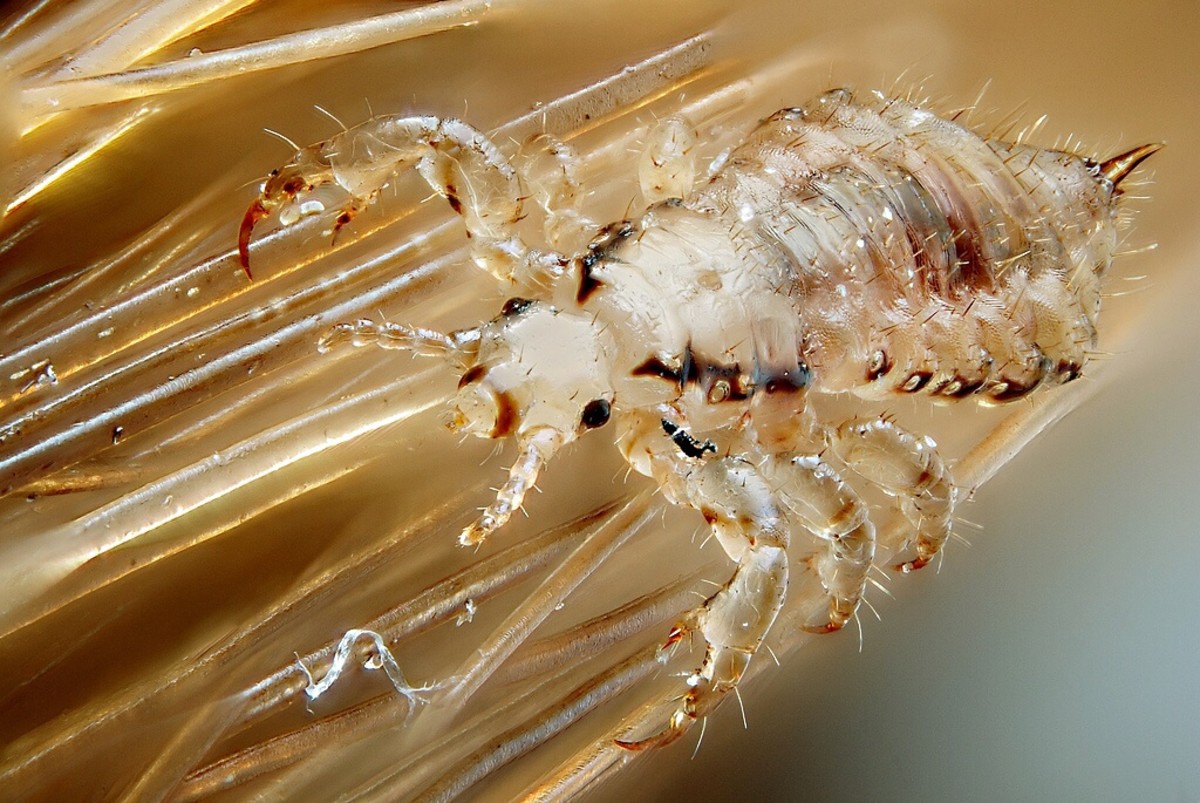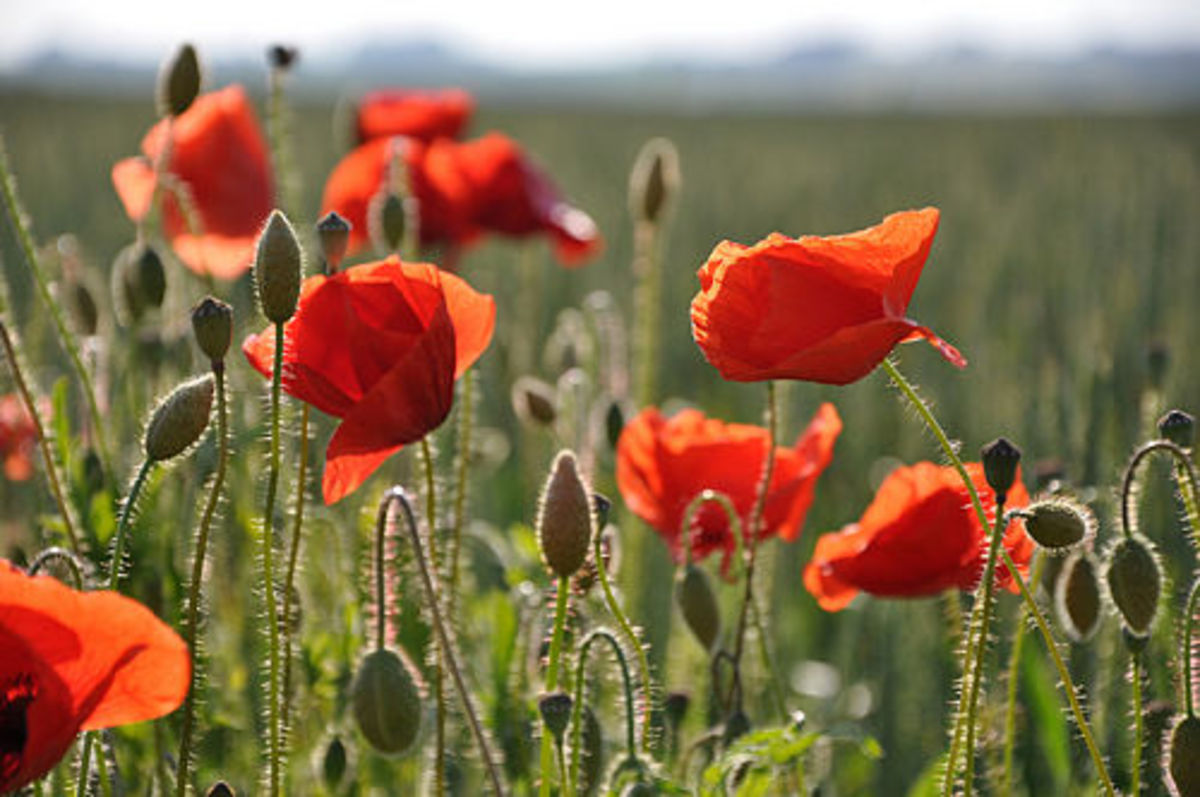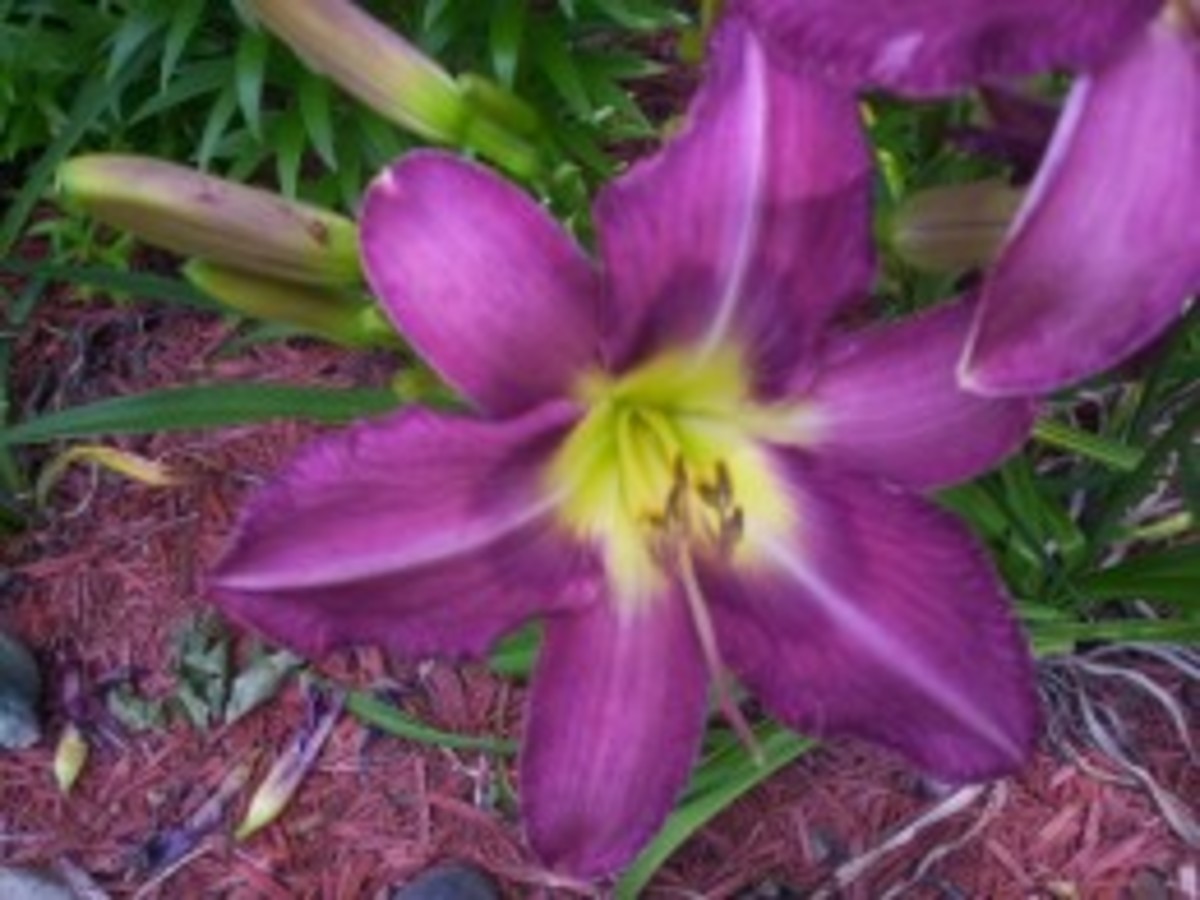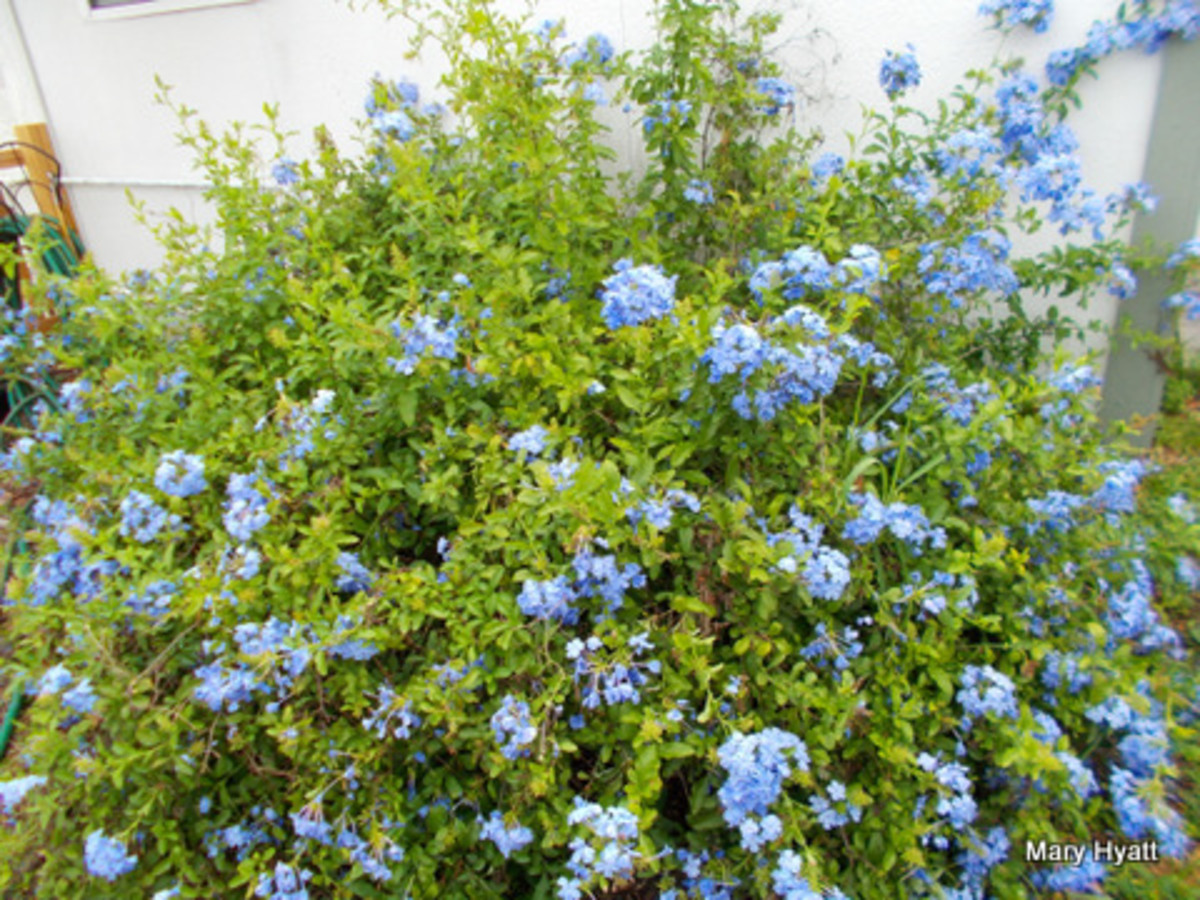Chrysanthemums - Successful Chrysanthemum Growing
As spring ends and summer begins, there are more and more flowers and plants that are popping up out of the ground! In fact, by summer many of those flowers and plants are beginning to bud; and amongst those many plants are mums!
Without even knowing what their names are, many people purchase them as decorations for their homes or gifts for others. In fact, mums are one of the best selling potted plants during the summer and fall; especially during the late summer. Many people like to purchase mums because they are such a beautiful plant that is available in a variety of colors.
Because mums are such a well known plant, many people are beginning to plant them for themselves in their own flower beds. However, many would-be gardeners have trouble getting the plants to thrive. There are many things that people should learn about mums before they attempt to grow them for themselves. For those that have not ever grown mums, here is a little information to help you along!
chrysanthemums
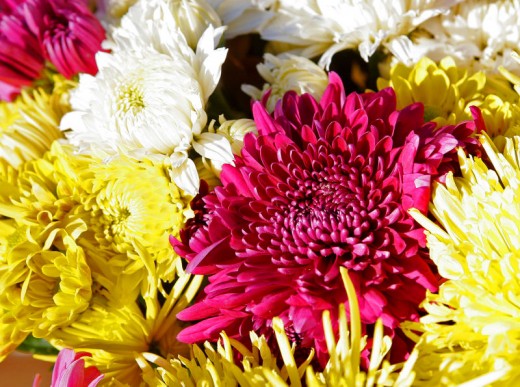
Mums The Word
Their full name is Chrysanthemums; however, they are called mums for short. In the history of the garden mum, there are more than 5000 different varieties with different names, grown all around the world. However, chrysanthemums first started growing in Asia. They're still today prized for floral display purposes in countries such as China. The weather largely governs which type of mum can be grown easily, as well as the variety of colors, and even the shape and sizes.
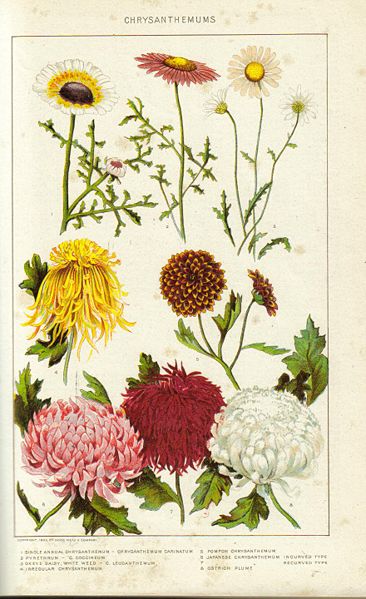
Penennials or Annuals?
Garden mums are mostly considered to be perennials; however, many people also treat them as annuals. For a plant to be considered to be a perennial, its life span is only that of one season. After that the plant dies and does not regrow the following year. However, often some of the chrysanthemums available nowadays will last through one season into another; making it an annual plant (of course only with the right care).
Do They Need To Be Planted?
Many of the pot plants that can be purchased in the garden store are plants in pots for the home, or plants that should be planted outside the pot into the garden. Mums, however, can be left either way. While many people plant chrysanthemums in the ground in the hope of them growing bigger, other people leave them in the pot that they were purchased in and keep them in the house or stood in the garden in a pot. However, if you are someone that wants to plant their chrysanthemums in the ground, there is no specific time that they must be planted. For many varieties spring is the best time, but they can go in later. When planted in the spring, the roots of the plant are allowed to grow more extensively, which will allow it to grow stronger and increase the change that it will last through the winter - unlike those plants that were planted in late summer or fall. However, if you plant them in the garden later on in the year, they are very likely to die off in winter and not resurface next year. The one advantage of planting them later in the season is to replace those plants that are already done blooming, and keep a good display of blooms!
spider chrysanthemum
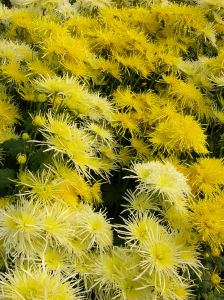
decorative chrysanthemum
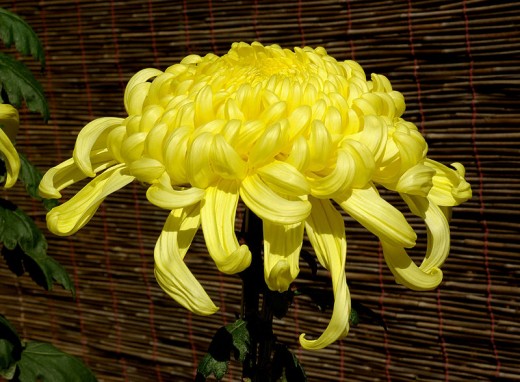
pompom chrysanthemum
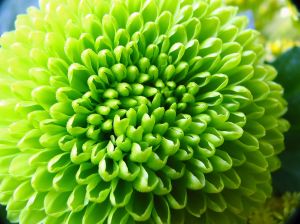
anemone chrysanthemum
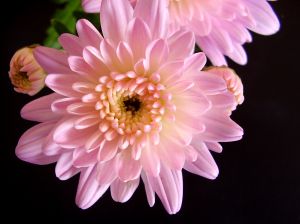
What Are The Different Types of Mum?
As many people have seen or noticed, there are many different types of chrysanthemums. In fact, there are over 5000 varieties of mums, and you may think that several of them commonly found in florists are actually totally different flowers, they are so different in looks. However, all the varieties are classified by how they look; which gives us nine different types. The different types of chrysanthemums are named after the shape of flower itself. Those types of flowers are:
- Decorative - having long, tightly overlapping petals. Also, the petals are either curved up and in towards the center of the flower (incurve) or they are facing outwards away from the center (reflex).
- Cushion
- Daisy - it has one single row of petals around the bud of the flower.
- Pompom - these are small globe shaped flowers with tightly packed petals.
- Button
- Anemone - it has usually more than one row of single flat petals that has a raised center of tiny florets onto of the petals. The florets (which are the bud) are usually a darker color than the petals.
- Spoon - it has the look of a daisy, but the petals are flat with the tips having a spoon-like appearance.
- Spider
- Quill - which is a single daisy looking flower, but has petals that are tubular shaped.
Along with those different types of flowers, there are several types of large chrysanthemums known commonly as "football" mums - which are huge! Most floral shops sell the full quill flower form of chrysanthemums.
Blooming Season for Chrysanthemums
Despite of what everyone thinks, chrysanthemums are not only a plant/flower for summer and fall. In fact, chrysanthemums bloom all throughout the year, which is perhaps what makes them such a common houseplant. When purchasing a mum, the tag should clear display what type of mum they are. There are four different seasonal types of chrysanthemums. Those types are very early (VE), early (E), mid (M), or late (L). Of course, greenhouse growing etc can force flowering in any season though, just to complicate matters!
When chrysanthemums do finally start to naturally bloom, they usually last about 6 weeks; from about mid-August to late September. Also, one great thing about chrysanthemums is that they can hold through frost, where most other plants and flowers cannot.
Varieties of Chrysanthemum
Some of the different chrysanthemums for each type are;
- (VE) 'Geneva' Hardy Mum; which is white with a creamy center.
- (VE) 'Red Temptress' Hardy Mum; which is a coral red color and has multi-daisy flowers.
- (VE) 'Vercelli' Hardy Mum; which has decorative yellow flowers.
- (E) 'Atlantico' Hardy Mum; which is a yellow daisy flower, and has a greenish-gold center.
- (E) 'Camina' Hardy Mum; which is a decorative bright red plant.
- (E) 'Milano' Hardy Mum; which has white flowers with cream colored centers.
- (M) 'Arezzo' Hardy Mum; which has light, clear red daisy flower
- (M) 'Canelli' Hardy Mum; which has a deep lavender flowers
- (M) 'Colina' Hardy Mum; which is a decorative orange flower that has dark centers.
- (L) 'Cedro' Hardy Mum; which is a decorative plant that has large pink flowers.
- (L) 'Tripoli Yellow' Hardy Mum; which had bright yellow daisy flowers that have yellow centers.
- (L) 'Olawa Red' Hardy Mum; which have decorative late blooming red flowers. It is considered to be the best outdoor mum around the world.
Do Chrysanthemums Have Problems With Insects or Diseases?
Just like any other type of plant, chrysanthemums can also have problems with insects and diseases. When your chrysanthemums do have problems with insects, they are usually of the same breed. The usual insects that are prone to be found inside of chrysanthemums are four-lined plant bugs, aphids, spittlebugs, aphids, grasshoppers, and inchworms.
When it comes to chrysanthemums having disease, there are a couple of different possibilities. In the wet seasons, it is possible for them to have problems with fungus; such as mold or bacterial leaf spotting. However, if you use a pesticide or fungicide on them; it should cure the problem of both insects and diseases.
Conditions for Growing Chrysanthemums
Many people think that growing chrysanthemums is difficult; however, they are not that difficult. In most cases you just need to have the proper growing conditions. In most cases, chrysanthemums will grow where ever they are planted; however, because they are such "heavy" plants, they will need to be fertilized on a regular basis; in some cases on a weekly basis or even with every watering. Also, they are required to have full sun light; otherwise they may become tall flowerless plants.
Do Chrysanthemums Really Need to be Pinched?
Most often when people own chrysanthemums, they don't pinch them. However, it is recommended that they are well pinched. Pinching is when you "groom" the mum so that they stay tight together in shape, so they have lots of flowers. When pinching the branches it is best to wait until they are 5-6 inches tall; then wait until they grow another 5 inches or so and snip again; keep repeating. When pinching the plant, it is best if you use scissors on holder plants and your fingernails on younger plants. Also, it is best to pinch about ¼ inch above a set of leaves, or about halfway up the stem.
Can Chrysanthemums Be Used In Arrangements?
Chrysanthemums are indeed, a staple of many different floral arrangements. In fact, they are not only a potted plant or a plant that is in the ground, but a very popular flower choice of florists. All year round, not only in summer and fall, florists will place chrysanthemums in their floral arrangements. In fact, many of them use strictly only chrysanthemums in some of the arrangements. Most often you will see chrysanthemums in basket arrangements with other flowers that are fall colored; or colors that are similar to the chrysanthemums.
No matter what color a mum is, it is a beautiful flower; especially when it is given as a gift! Most often when people are feeling gloomy, chrysanthemums are exactly what they need to raise their spirits! Now, that you have everything you need to know about chrysanthemums, perhaps you will grow them!
Other useful hubs

This hub brought to you by...
by Julie-Ann Amos, professional writer, and owner of international writing agency www.ExquisiteWriting.com
Why not create your own HubPages? It's fun and you can make revenue from Adsense and other revenue streams on your pages. JOIN HUBPAGES NOW - SIMPLY CLICK HERE...
This work is licensed under the Creative Commons Attribution-Non-Commercial-No Derivative Works 3.0 Unported License. To view a copy of this licence, visit http://creativecommons.org/licenses/by-nc-nd/3.0/ or send a letter to CreativeCommons, 171 Second Street, Suite 300, San Francisco, California94105, USA.


